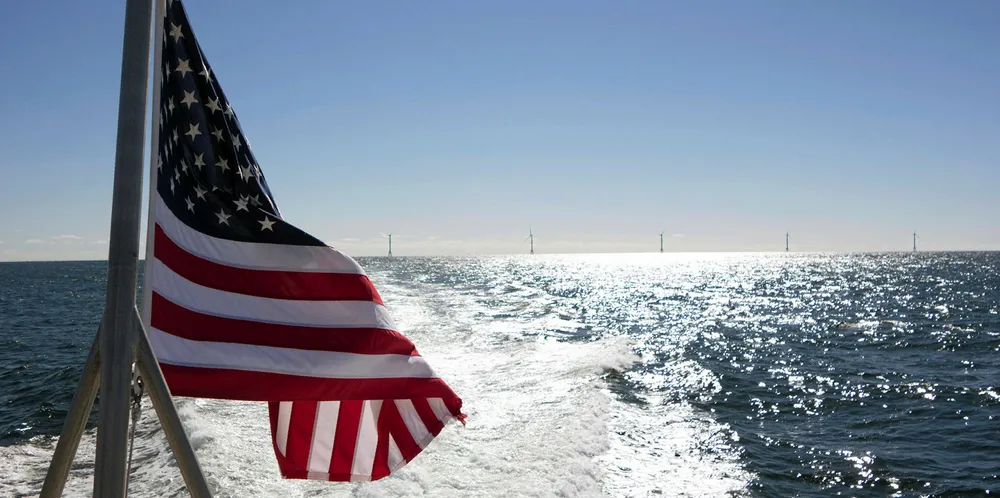US offshore will create $70bn supply chain and support 40,000 jobs
OPINION | With 20GW now in the pipeline, states are competing for scale and jobs — and driving down costs, writes Stephanie McClellan

20GW and counting
Capacity approved or committed by state
New York 9GW
New Jersey 3.5GW
Massachusetts 3.2GW
Connecticut 2.3GW
Maryland 1.568GW
Rhode Island 430MW
Maine 12MW
Virginia 12MW
Total 20.02GW
Clean-energy competition powering states & scale for offshore wind
The road ahead is looking even brighter. It is competition among states for clean-energy leadership and jobs that is accelerating the scale of US offshore wind deployment. This competition continues to create a virtuous cycle of economies of scale that drive down price.
- New York — In his July 18 address, Governor Andrew Cuomo said: "New York will lead the way in developing the largest source of offshore wind power in the nation." He announced the first 1.7GW installment towards a goal of 9GW offshore wind by 2035, and also outlined agreements with Equinor and Orsted that will result in significant investment in New York state.
- New Jersey — In June, Governor Phil Murphy announced the state's award to Orsted of a 1.1GW contract, then the nation's first tender to exceed 1GW. Orsted's win included the company's commitment to invest in grants to support local infrastructure and businesses.
- Massachusetts — In May, Massachusetts Electric Distribution Companies, in coordination with the Massachusetts Department of Energy Resources, issued its second request for proposal (RFP) for offshore wind power projects. This was on the heels of the Bay State’s approval in April of its first utility-scale offshore wind contract, awarding 800MW to Vineyard Wind, which committed to delivering at a low price of $65/MWh. The project still has regulatory hurdles to overcome.
- California — The Golden State rivals New York in its ambitious clean-energy goals, recently committing to supply 100% of its power from renewables by 2045. California has a big lead in solar, but may find it hard to reach that target without offshore wind. Offshore wind requires floating foundations for deeper West Coast waters. Floating offshore wind projects are already generating 55MW globally, with another 275MW-plus in development. Industry leaders are looking seriously at California as an offshore wind leader.
These market and policy dynamics are critical because they shape and define the trajectory of US offshore wind growth. Right now, that trajectory is on an upward path — and gaining altitude fast.
Solutions like this one will be found quicker and smoother in an environment of increasing market momentum, industry confidence and state policy commitments — which is where US offshore wind is today.